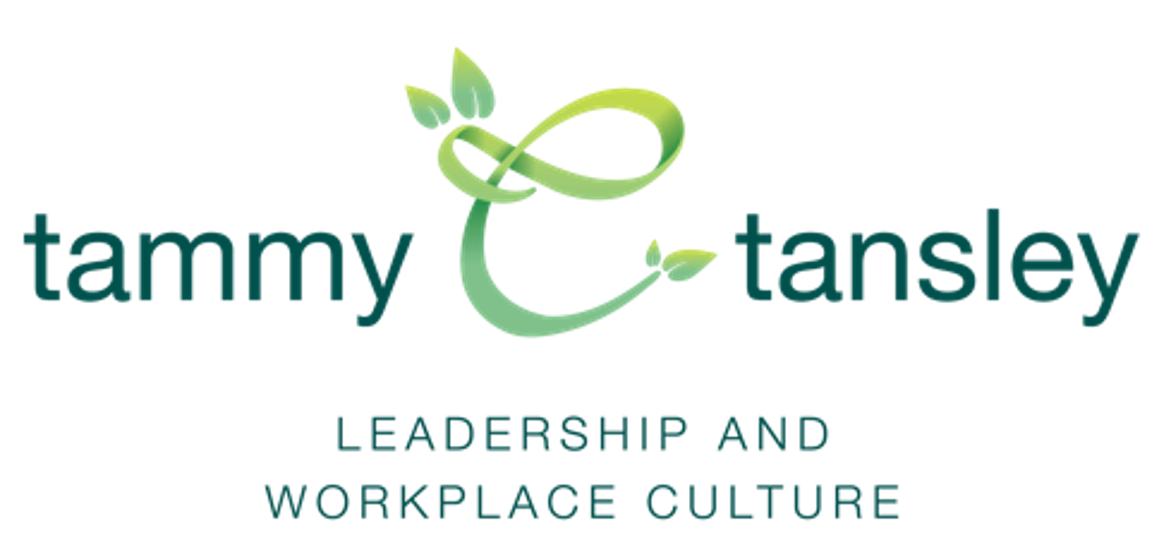“A predator’s paradise”..
These are strong words to describe the experience of many young people working for McDonalds in the UK..

Image thanks to Getty Images
Which got me thinking about how we are doing here in Australia.
Recent data reveals a troubling reality about workplace compliance with Australia’s proactive sexual harassment prevention laws. Despite legal obligations introduced in 2023, many organisations are still falling short.
A survey by Our Watch found that 40% of workplace leaders are unaware of their responsibilities, and only 76% understand that workplace sexual harassment is illegal. The Workplace Gender Equality Agency (WGEA) reports that while most employers have formal policies, over 28% are not actively monitoring harassment prevalence.
This indicates a gap between policy creation and meaningful action, leaving both employers and employees vulnerable.
What does proactive sexual harassment prevention legislation require from organisations?
The positive duty that has been legislated since the end of 2022 requires employers to take proactive measures to eliminate sexual harassment rather than only responding when incidents occur. This includes conducting risk assessments, implementing clear policies, offering regular training, and ensuring employees understand and trust the reporting mechanisms. Since the end of 2023, the Australian Human Rights Commission has had the power to enforce compliance.
Why is proactive prevention a critical shift from previous approaches?
Put simply, the old ways where HR did a 15 min tick and flick training session at inductions just didn’t work. Workplace sexual harassment has been illegal for 40 years – and yet! More than 40% of women and 26% men have experienced workplace sexual harassment in the past five years according to the Australian Human Rights Commission. It costs the Australian economy more than $3.8 billion a year. Evidence shows that discrimination and gender inequality are the key drivers of workplace sexual harassment.
Proactive prevention recognises that addressing issues only after they occur isn’t enough. It’s about creating a culture where harassment is less likely to happen in the first place, which protects employees and reduces long-term harm to individuals and workplace morale.
More than that, it’s about finding ways to communicate to the workforce in a way that makes sense to them. Back to the McDonalds example, it is about finding a way to communicate to young people in a way that speaks their language.
What does the finding that 40% of leaders are unaware of their responsibilities suggest about workplace culture?
The Our Watch found key gaps in workplace leaders’ awareness of their new positive duty responsibilities. Despite these knowledge gaps, seven in ten of all workplace leaders were highly confident that their workplace is aware of the requirements which is an interesting disconnect.
How can you be aware of the requirements if you don’t know that there are changes to the law?
The Our Watch data found that only 76% of leaders know that sexual harassment is illegal. And that 28% of organisations are not monitoring how prevalent sexual harassment is within their organisation.
Part of this is knowledge, part of it is old fashioned beliefs (suck it up princess), part of it is driven by leadership behaviours at the top.
What is working well?
Most leaders said they try to set a positive example for gender equality in the workplace (89%), and that prevention of workplace sexual harassment is a priority in their workplace (72%).
WGEA monitor large and medium sized businesses and have found that 99% have implemented a formal policy on sexual harassment. 98% have reporting mechanisms in place. 88% have some sort of training – either induction or an annual top up.
What’s not working so well..
Among employees, only 54% of women were very confident of an appropriate workplace response, and only 48% of women were very confident that if a colleague were sexually harassed at their workplace they’d feel safe to report it.
Almost all employers (98%) have processes in place to report harassment to HR or designated staff, but only 68% offer anonymous disclosure options.
There is also the widespread use of NDAs means we continue to know very little about what is happening with sexual harassment in our workplaces and the impact of recent law reform in curbing perpetrator behaviour.
The Women’s Legal Service in Tasmania has raised concerns about workers being reluctant to report incidents of sexual harassment. The service reports that many Tasmanian workers are reluctant to report predatory behaviours, which have become normalised in various workplaces. Over the past two years, their Working Women’s Centre has provided legal advice and representation, noting a steady increase in referrals. Principal solicitor Jodie Lee recounted a case where a client experienced sexual assault during a work training event but refrained from reporting it because the incident occurred in front of management, leaving her with no safe reporting avenue.
What else was interesting about the survey?
The survey also found:
- Among employees, men rated their workplaces significantly more positively than women in terms of the approach to preventing workplace sexual harassment (81% compared to 73%)
- Women were consistently more likely than men to see violence against women, gender inequality and disrespect based on gender as significant issues.
Why don’t people want to report it? Also known as, be the perfect complainant..
In my view – there are some key reasons why people don’t want to come forward about this sort of behaviour..
It is very common for complainants to worry that they won’t be believed. This is particularly true when there is a “he said/she said” dynamic, where there is a power differential or where the complainant has in some way engaged with the respondent and/or their behaviour.
Secondly, the repercussions of making a complaint are often just not worth it. This may be the process of having to tell and retell your story – which is often personal, may be embarrasing and even traumatic – to people who are older, more senior and often of the opposite different gender. It may be that it means there are people within the workforce that who may be responsible for your ongoing employment or development who know things about you and what happened that you would rather they not know. It may be that in the process of investigating a complaint, more and more people within the workplace find out – whether that is because they are witnesses or supervisors charged with keeping the complainant and respondent apart.
For many would be complainants, notwithstanding a policy and process for reporting, the above issues mean it is easier to just “suck it up” or, more commonly, just leave.
Which means, employers are often unaware of the magnitude of the issue within their workforce. Or even that they have an issue.
The Takeaway
It’s not enough to know about the law. It’s not enough to do a flick and tick at induction. It’s not enough to have a policy and a process for reporting.
Does your policy and training speak in language that makes sense to your workplace? If it is with young people, does it speak to SnapChat and other forms of online communication? Does it acknowledge the way that young people speak to each other outside of work?
Is your process confidential? Is it respectful to both the complainat and respondent? What is the actual experience of complainant’s using the process?
And is your policy and process continuing to evolve as society’s expectations and cultural norms change and technology enables poor behaviour in a way never before seen?
WANT SOME MORE RESOURCES?
- Respect At Work Resources
- Preventing workplace sexual harassment guide
- Workplace discrimination, harassment and bullying- Human Rights Commission
- 1800 RESPECT
- Resources / help for reporting sexual assault
- Why don’t women “just” report sexual harassment?
- Blogs on sexual harassment
WANT MORE?
If the above has whetted your appetite, and you’re keen for more.. Here are some ideas:
Does leadership interest you? You can sign up to my FREE seven day “Be a Better Boss Challenge” by clicking here. And you can click here to buy my book.
Want to chat? Click here to get in touch.
Want more to read? You can read any of the 300+ blog posts on this site, by clicking here.
See you soon,
Tammy

